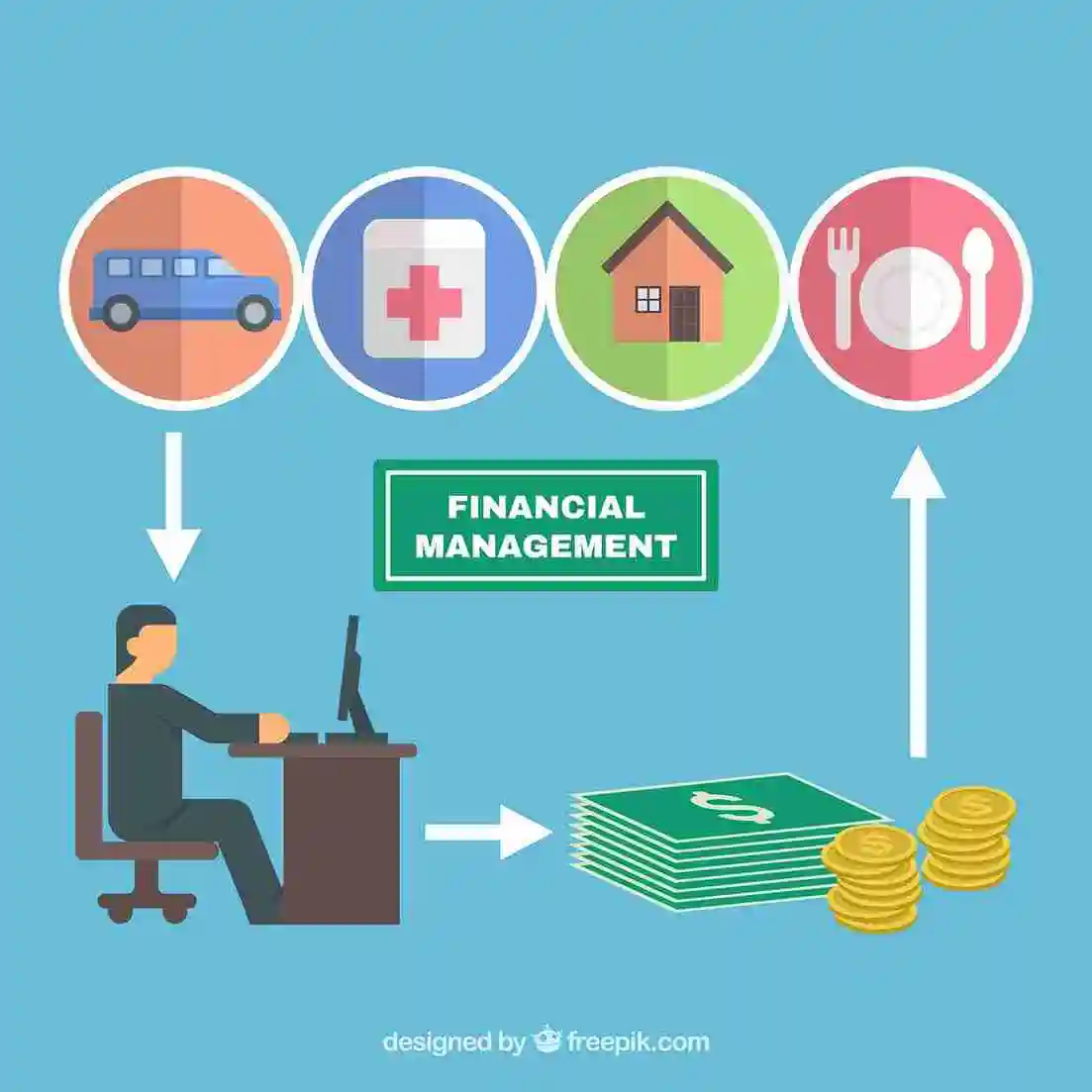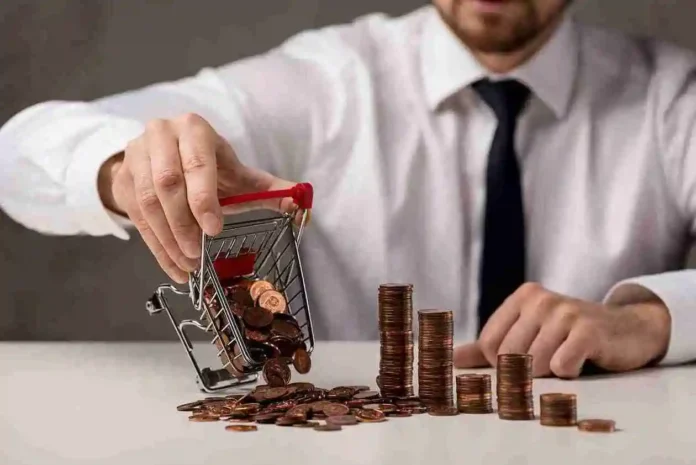Life is a wonderful adventure filled with unexpected opportunities, however life may offer a few surprises which are not welcomed. Such unfortunate surprises may include unforeseen circumstances of a financial nature. This is where an emergency fund comes into play. Whether it is a car that has to be repaired all of a sudden, a doctor’s bill, or even losing a job all are possible and having an emergency fund can ensure that these problems do not lead to a person getting into debt. In this article, we will look at benefits of having an emergency fund, its ideal size and how to create this fund.
-
What Is an Emergency Fund?
An emergency fund can be defined in a number of different ways, but primarily it is regarded as a reserve that is pre-allocated to dealing with urgent or unforeseen circumstances. Emergency funds, unlike funds set aside for routine expenditure such as combining a vacation with a new car, exist to shield the individual in adverse times.
Emergencies can take many forms:
- Job loss: Losing a source of income can be stressful and financially draining. An emergency fund provides the buffer you need while searching for a new job.
- Medical emergencies: Even with insurance, medical bills can be expensive. An emergency fund helps cover deductibles, out-of-pocket expenses, and treatments not covered by insurance.
- Home or car repairs: Major home repairs (like a leaking roof) or car issues (like a broken transmission) can be costly and often need immediate attention.
- Unexpected travel: Whether it’s an emergency trip to visit a sick family member or another urgent reason, travel costs can quickly add up.
An emergency fund is not a nice to have, but a need. It gives you the ability not to go into debt or liquidate investments or assets too early to smoothen life’s curve balls.
-
Why You Need an Emergency Fund
Protection from Debt
Failing to make an effort and create an emergency fund leaves people with only one option: taking out a high-interest credit card or an expensive loan. Such practice exposes people to something very dangerous – the debt trap where the minimum payments never seem to go down as the interest sees to it you are paying more than just the amount borrowed. Hence such a debt can also become a long-term issue.
The report provided by the Federal Reserve mentions that lots of Americans have a similar pressing problem where they cannot afford to cover the extras or emergencies and have to borrow rather than saving money. If there are no emergency funds, then it only takes a financial emergency and the disaster escalates.
Financial Independence
An emergency fund is an essential pillar for financial independence. It prevents you from resorting to aid or borrowing to meet your financial challenges. This fund empowers you to steer your financial course and dulls the impact of any potential future financial crises on you.
Mental Peace
For many, money is the root of many issues. It is one such cause that tops the chart when stress apps are tallied. Knowing you have a backup plan in case of an emergency helps ease the pressure and allows you to concentrate on other things in your life, such as career development or self-improvement. There is no price tag for this quality peace of mind as it can be beneficial to both your mental health and physical health as well.
Maintaining Long-Term Financial Goals
When you lack an emergency fund, you are compelled to use the savings or investments intended to satisfy your other targets such as retirement or purchasing a home. This is a fundamental mistake that can effectively ruin your financial goals, and years may potentially be required to return to where you were. Through an emergency fund, you are certain that your financial objectives will be achieved regardless of the cost of unforeseen circumstances.
-
How Much Should You Have in Your Emergency Fund?
The amount you should have in your emergency fund depends on your unique financial situation, but a commonly recommended guideline is to save three to six months’ worth of living expenses. This amount should cover essentials like:
- Rent or mortgage payments
- Utilities (electricity, water, internet, etc.)
- Groceries and food
- Transportation costs (gas, public transport, etc.)
- Insurance premiums
- Minimum debt payments
Factors to Consider
- Job Stability: If you have a stable job in a secure industry, three months of living expenses might be sufficient. However, if your income is unpredictable, or you work in a volatile industry, you may want to aim for six months or more.
- Dependents: If you have children or other dependents, you’ll need to save more to ensure that their needs are covered as well.
- Health: If you or a family member has a chronic health condition, having more in your emergency fund can be crucial to cover potential medical costs.
- Existing Debts: If you have significant debts, having a more substantial emergency fund is even more critical to avoid falling behind on payments.

-
Where Should You Keep Your Emergency Fund?
If you have an emergency fund, it needs to be held somewhere very accessible. But it should not be held where the chances of using it outside an emergency remain high. Achieving this equilibrium can be a little difficult, and here are some suggestions which can be considered:
High-Yield Savings Account
A high-yield savings account is a great option to keep your emergency fund. It earns a higher interest rate than a regular savings account which helps in compounding your funds, and at the same time facilitates easy access when needed. Most of the online banks are offering high-yield savings accounts low fees and great rates.
Money Market Account
A money market account is similar to a saving but includes very select capabilities of writing checks. These accounts usually carry a interest rate which is higher than that of a usual savings account, and are perfect for those who want more alternatives while still keeping their earned interest rate balanced.
Certificates of Deposit (CDs)
Although CDs offer high rates, they lock your accounts for a specific period, which can range from three months to five years. Looking at a CD as an emergency fund, it would be better for just a portion of the fund to be kept there in case such emergencies occur.
The answer is not to have your emergency funds in a position where they can be eroded in value, such as investing in the stock market. Even though these markets have higher returns, they are volatile and you may lose part of your fund at the very time when it is most required.
-
How to Build Your Emergency Fund
Building an emergency fund takes time and discipline, but it’s well worth the effort. Here’s a step-by-step guide to get you started:
Step 1: Set a Savings Goal
First things, decide on the amount of money that you want in your emergency fund. For instance if your monthly costs are $3000 then try to have anywhere from $9000 to $18000 depending if you want to meet 3 or 6 months of expenses. Don’t get overly stressed if this figure sounds like a lot to you. Aim for less such as $1000 and increase your aim gradually.
Step 2: Create a Budget
In order to make room for your emergency fund, you have to be aware of your expenditure. Monitor your outflows and develop a plan that cultivates the habit of saving for unforeseen circumstances. Sometimes this might involve not going out for meals or engaging in leisure activities for a while, which is a sacrifice that many people will have to make.
Step 3: Automate Your Savings
Using an automated transfer service is an efficient and problem-free method to fund an emergency saving account. Simply go to your bank and register your checking account to your savings account and set them up with automatic transfers. Just because the amount is little doesn’t mean it isn’t a great idea to do this. Sitting at a rate of $100 dollars every week would amount to $5200 in a year.
Step 4: Funnel Windfalls into Your Emergency Fund
Make it a habit to directly add some portion of any money you have received unexpectedly to your emergency funds. This may be an annual tax refund, a bonus at work, or a gift. This could like so much additional cash into your fund and enable you to achieve your target quicker.
Step 5: Stay Consistent and Avoid Temptation
There is a need to remain disciplined and regular in adding more amounts to the emergency funds. Don’t give in to the urges of spending the funds on for example another vacation or for unplanned expenses. Once you fully fund that need it must be used solely for real emergencies.
-
When and How to Use Your Emergency Fund
Knowing when to tap into your emergency fund is just as important as building it. It should only be used for true emergencies, such as:
- Loss of income due to job loss or reduction in work hours.
- Major home or car repairs that are necessary and urgent.
- Medical emergencies or unexpected health-related expenses.
- Unexpected necessary travel.
In case an expense isn’t truly an emergency, try taking it from your regular budget or another separate savings account. There is a need to build the emergency funds back as quickly as possible after they have been utilized, so that the people are ready when there is an unforeseen event.
Final Thoughts
To be successful in your finances, building an emergency fund is critical. It helps shield you from the uncertainty life causes and ensures your finances are secure even when the situation appears dire. By establishing reasonable savings expectations, budgeting intelligently, and making regular contributions to your fund you will be ready to construct a strong financial cushion. Let’s not forget, however, that the tranquility that comes with knowing you are ready for anything that life throws your way is more valuable than anything. Make the first step of the journey of funding your emergency fund so you can dictate your future finances.

